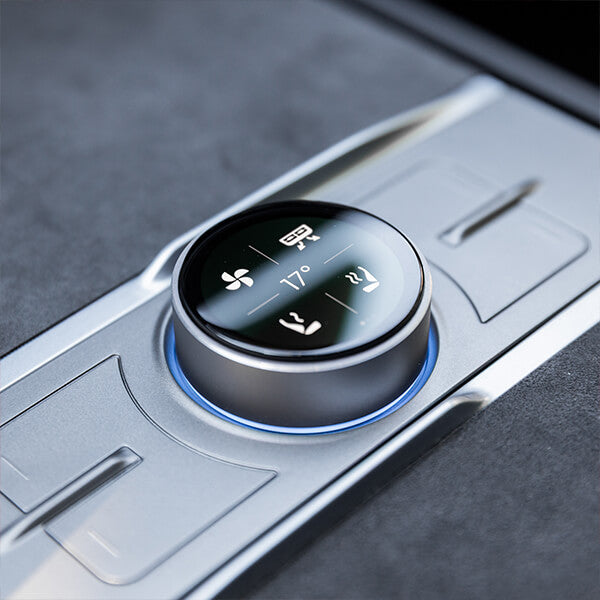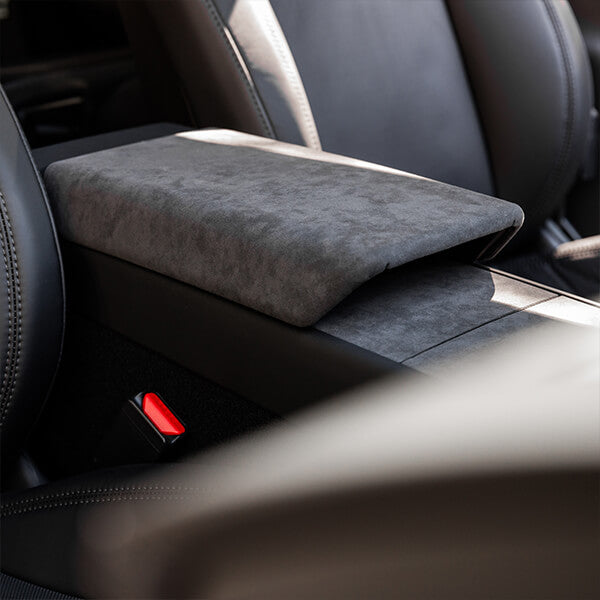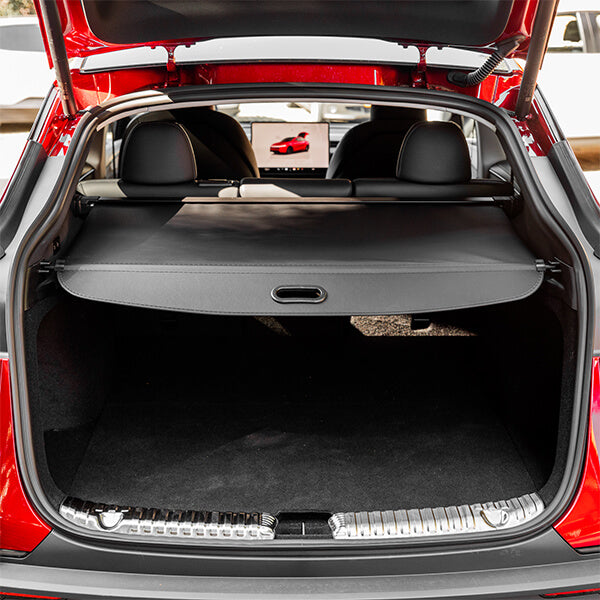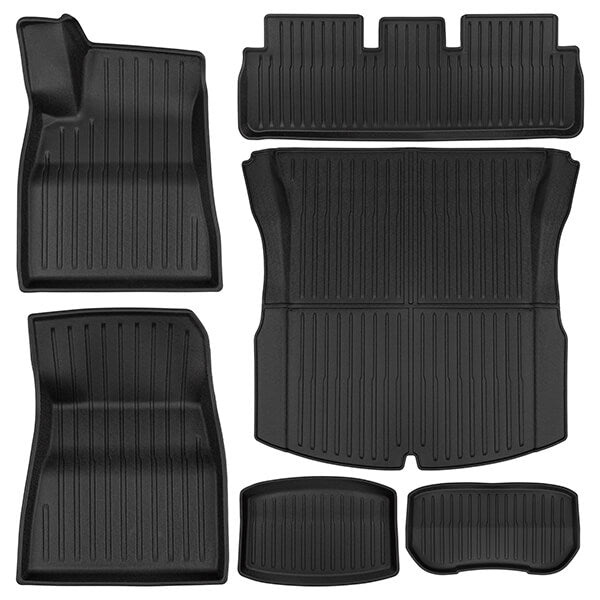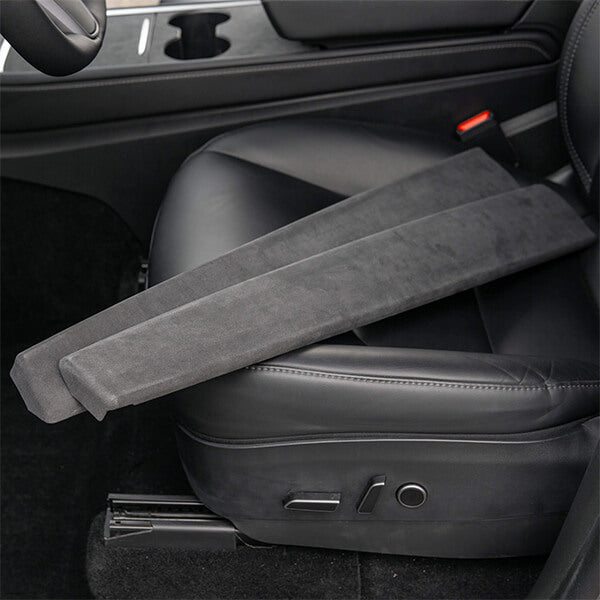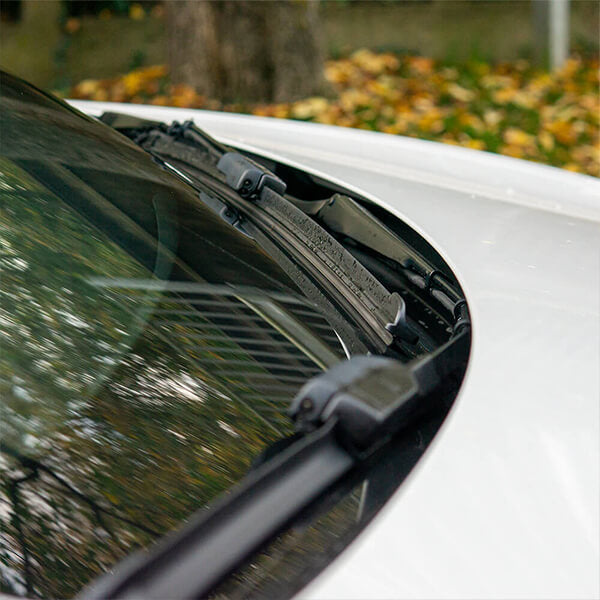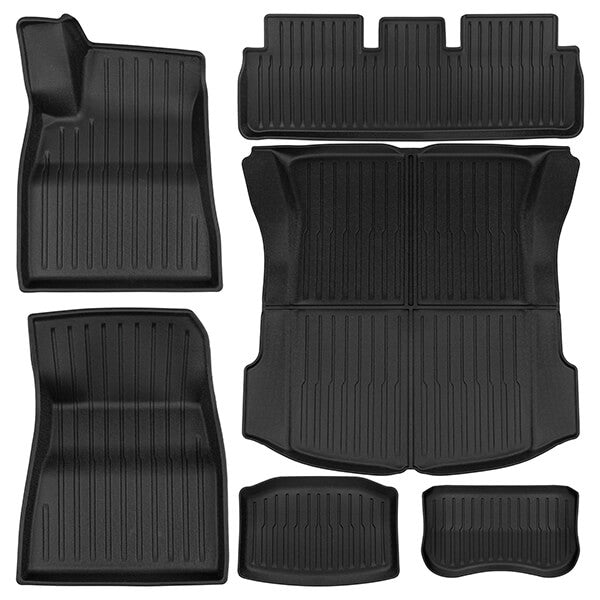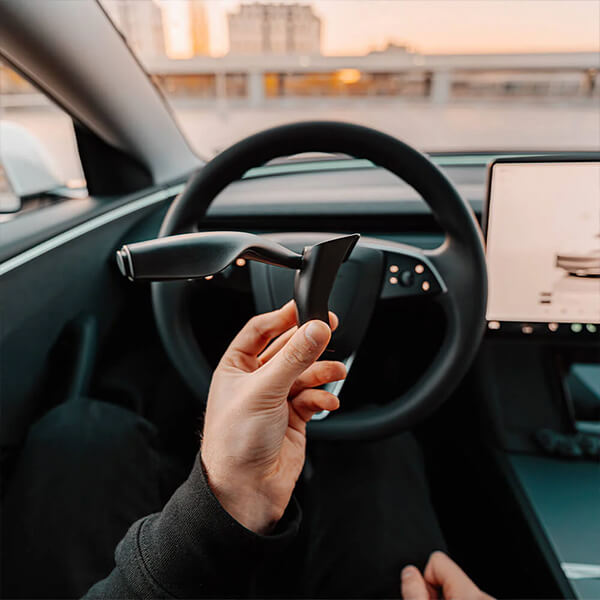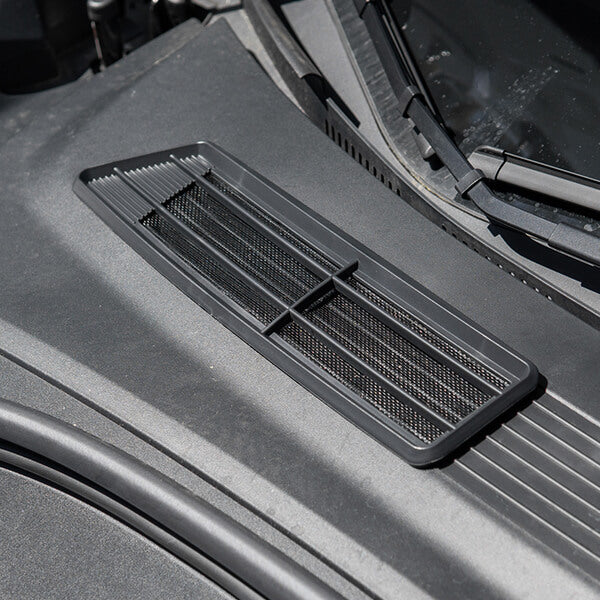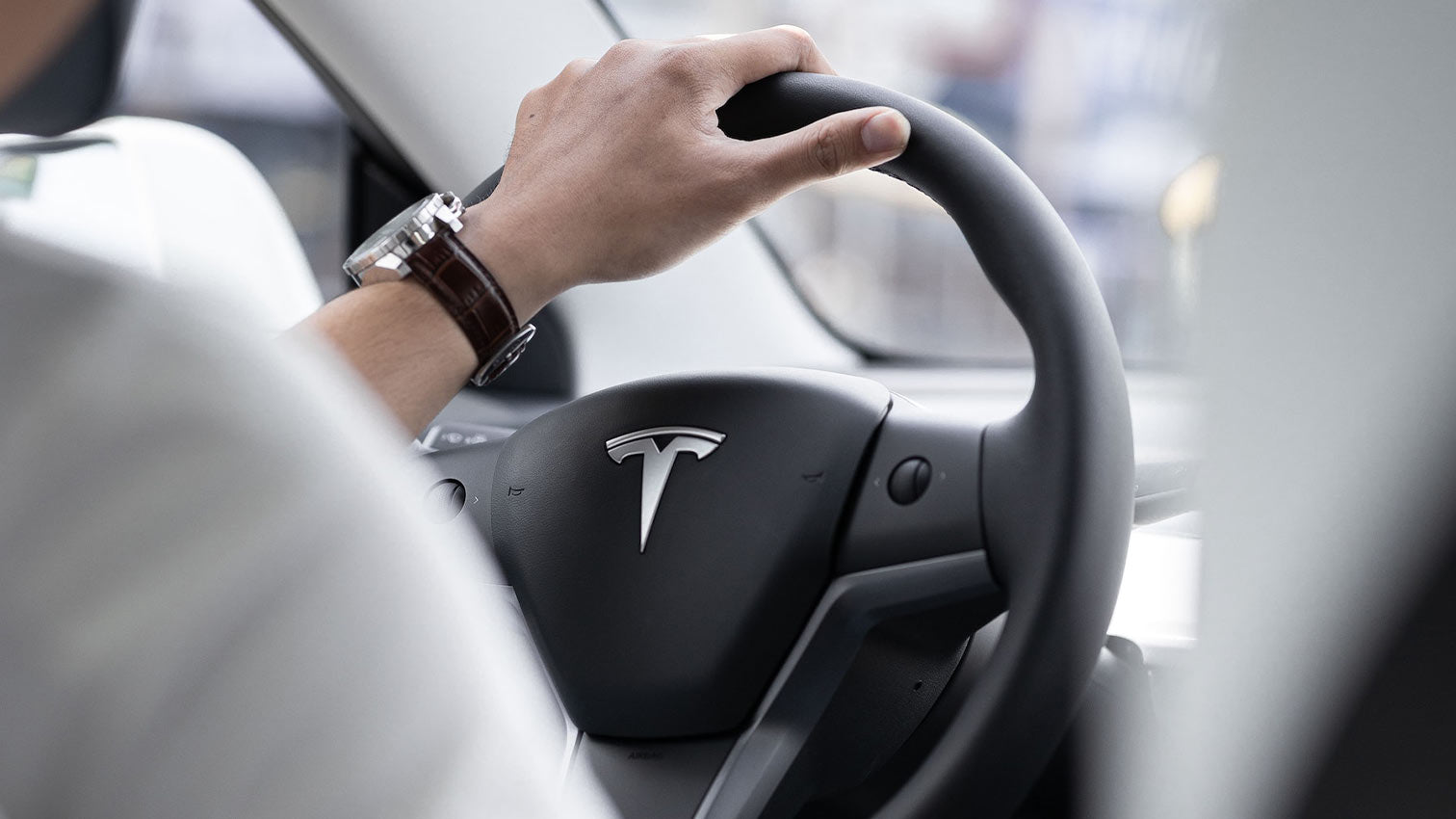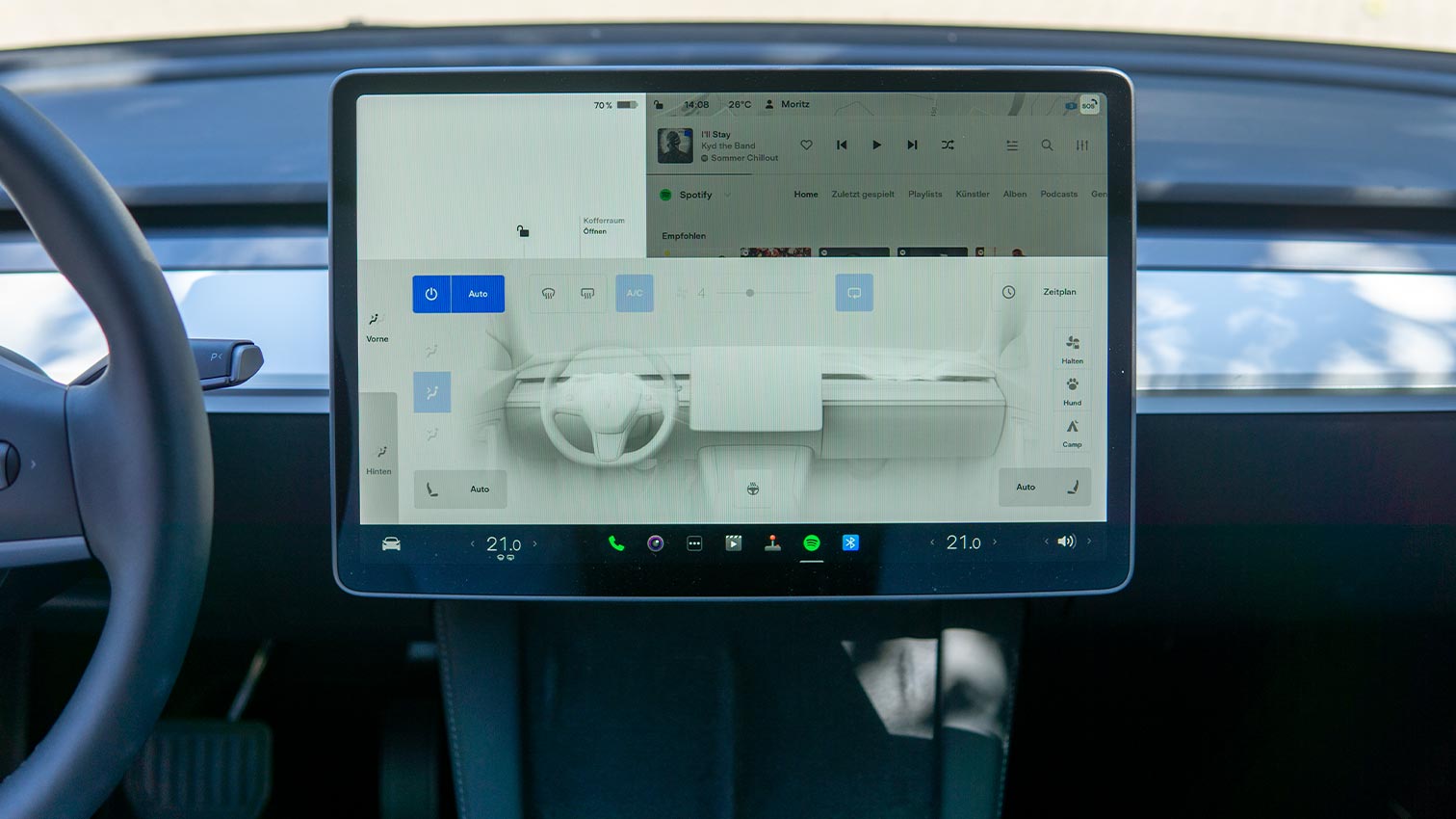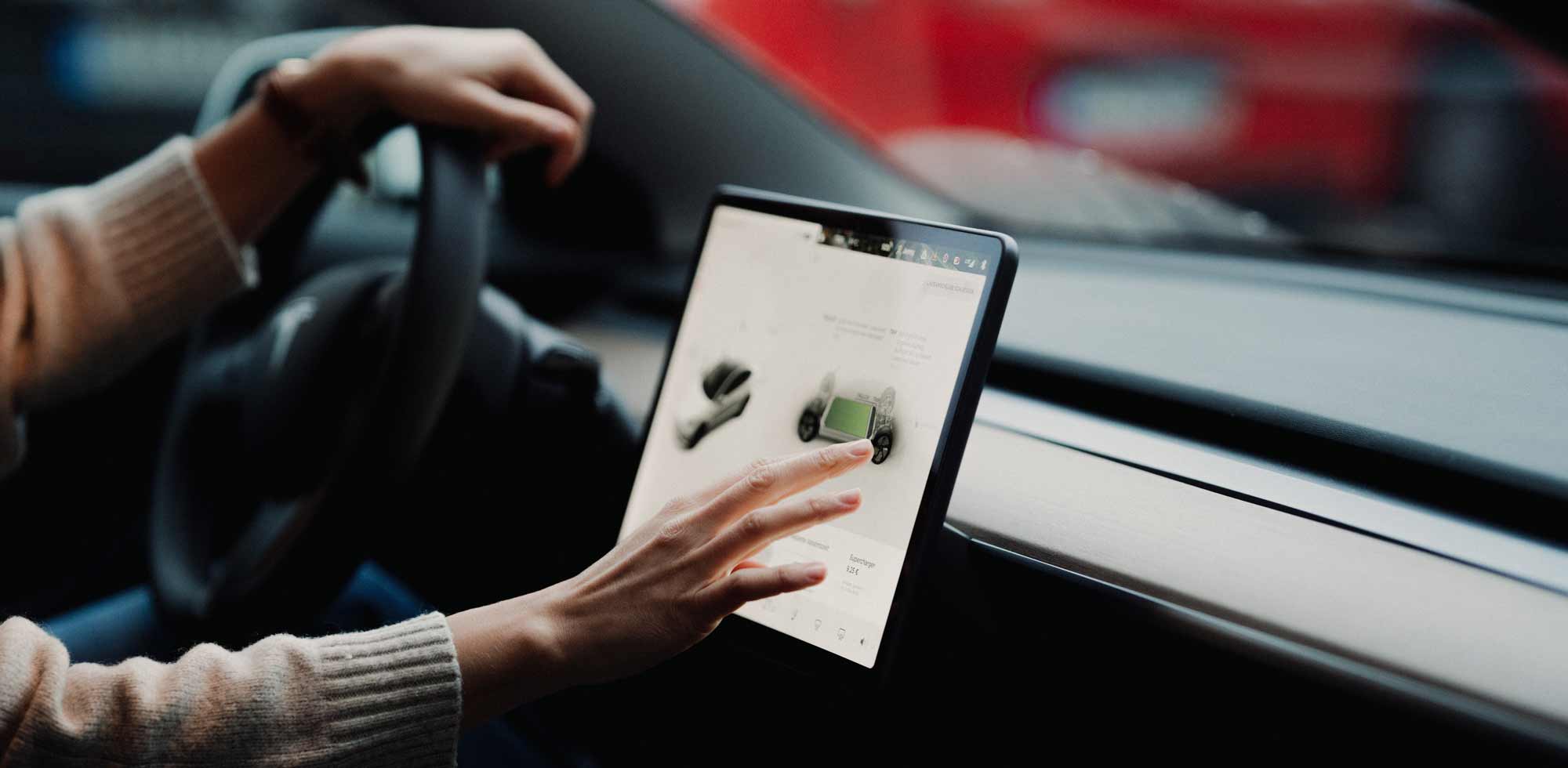Life in Germany is becoming more expensive, and when it comes to energy in particular, the motto is save, save, save. While gas and petrol have been the main focus of public attention so far, electricity prices are also slowly but surely rising sharply. This is hitting Tesla drivers particularly hard, as one battery charge often equates to the consumption of a detached house over several weeks.
The view of the charging station is therefore unlikely to be a pleasant one in the near future. Especially if you don't have a solar system to compensate for the effect.
As with combustion engine drivers, driving economically and conserving range is therefore the order of the day for e-car owners. But how does this actually work? What measures really help to noticeably reduce consumption and reduce the number of visits to the charging station?
In this article, we provide you with numerous tips to help you increase your Tesla range and save money.
Current Supercharger prices: Sharp increase
The price increase has already taken place at Tesla's Supercharger stations. A kilowatt hour of electricity there now costs between 69 and 71 cents, an increase of almost 23 percent compared to the last valid prices, which have themselves already been increased several times recently.
A full charge costs between 42 (base Model 3) and 70 euros (Model S/X), depending on the Tesla battery capacity. Compared to a refueling stop with a combustion engine, these are still bearable figures, but the price increase is still noticeable.
Saving electricity with Tesla: Our 21 best tips
So how do you save energy? Well, consumption and range depend to a large extent on environmental influences such as temperature, road conditions, weather and traffic. But some tips apply regardless of this:
Saving Tesla power: Drive defensively
If you want to give your Tesla more range, you should first and foremost pay special attention to your driving style. The aim is to drive as smoothly as possible with as few acceleration phases as possible. Due to inertia, it is much easier and therefore more economical to maintain a vehicle's speed than to build up speed.
For this reason, drive defensively and with foresight and avoid start-stop situations wherever possible. To give just one example: It is more economical to consistently roll through heavy traffic at 40 km/h than to constantly fluctuate between 50 and 30 km/h. If you do have to brake, for example at a red light, release the accelerator pedal as early as possible and leave the braking effect to recuperation.
And when you accelerate again, take your time - 0 to 100 in a few seconds is fun, but requires endless energy. If possible, also try to accelerate downhill and then just maintain your speed.
„ Lässig”-Modus aktivieren
To avoid the temptation to accelerate hard in the first place, activate "Easy" mode in your Tesla. You can find this under Vehicle -> Pedals & Steering -> Acceleration. It reduces the power and torque when accelerating and thus automatically ensures lower consumption compared to the standard mode. While the mode is activated, the word "Casual" is displayed above the speed display.
Avoid high speeds
To save energy on long journeys, set yourself a speed limit on the highway. The air resistance of a vehicle and therefore its fuel consumption increases quadratically with speed, not linearly. So if you drive at 200 km/h, you do not need twice as much energy as at 100 km/h, but four times as much. More than 120 km/h is therefore unfortunately not possible for a truly energy-saving journey - and 100 km/h is even better.
On the other hand, of course, you should not become an obstacle to traffic. Therefore, drive at a speed that allows you to cope comfortably in the respective traffic situation, but not faster. You will be surprised how economical a Tesla can be at moderate speeds. And contrary to some fears, you won't really be on the road any longer with this technology. Especially in heavy traffic, speeds above 130 km/h cannot be maintained for long anyway.
Using autopilot/ cruise control
As I said, smooth driving is the key to low fuel consumption - and computers are much better at doing things smoothly than humans. So use the autopilot or cruise control on your Tesla.
This is particularly worthwhile on the highway and on longer stretches of country road. If you drive with Autopilot and 100-120 km/h on the highway for a certain period of time, you have a good chance of getting very close to the specified range of your Tesla.
Avoid short journeys
Every time you drive, your Tesla brings the battery up to operating temperature and requires energy to do so. If the journey is over after a short time, this does not exactly contribute to greater efficiency - quite the opposite. Therefore, if possible, switch to a bike for short journeys or cover several destinations in one trip. Of course, this requires a little more planning, but in the end you will also save battery capacity and therefore money.
Avoid driving uphill
If the route planning allows a choice, avoid routes that lead over mountains or have many bends. Such routes are suboptimal for fuel consumption because they already involve frequent braking and acceleration and require a lot of effort to get the heavy vehicle up the hill. It is therefore better to take the route on which you can drive smoothly and evenly if it is only a few kilometers longer.
Recuperation to standard
If the recuperation level can be set in your Tesla model, leave it in standard mode. This allows you to get the maximum amount of energy back into the battery and, as a nice side effect, you can also drive (almost) alone with the accelerator pedal.
Check tire pressure
Check your tire pressure regularly. This is not only for safety, but also to save energy: If the tire pressure does not reach the prescribed value, rolling resistance and therefore fuel consumption will increase.
Reduce charge
Remove all cargo from the vehicle that you do not need on the journey. The greater the weight of your Tesla, the higher the fuel consumption, as a greater mass has to be accelerated.
Optimize aerodynamics
The lowest possible aerodynamic drag is one of the most important factors for maximum efficiency in electric cars. It is not for nothing that Tesla vehicles are among the most streamlined models on the entire car market. To further optimize aerodynamics, remove unnecessary superstructures such as roof racks or roof boxes, set the air suspension to "low" and, if available, use the aero hubcaps.
Also keep the windows closed while driving. The Teslabs roof window sealsalso contribute to improved aerodynamics - and also make the ride noticeably quieter.
Saving the Tesla battery: Charging behavior
In addition to driving style and equipment, you can also do a lot right when charging. To protect the Tesla battery and increase its service life, charge daily and whenever possible at low power (e.g. at home on the wallbox or socket). Only visit Superchargers if you can't avoid it - charging at home is usually cheaper anyway.
Pay attention to charging limits
For most Tesla models (exception: newer base models with LFP battery), it is worth setting a charging limit of 90% for everyday use and not allowing the battery to fall below 20% charge. You should only charge the Tesla to 100% if you actually need the maximum range. If you do, try to drive off shortly after reaching 100% - fully charging for too long will damage the battery.
Switch off functions that are not required
Continuously active monitoring functions such as guard mode or overheating protection do not require too much energy, but can of course still be switched off when not in use. Every little bit helps!
Energie-App nutzen
You can access the energy app via the app menu on the touchscreen of your Tesla. This shows the consumption of your vehicle over the last few kilometers and calculates a range forecast based on the current driving style and environmental conditions, which may well differ from the one displayed next to the battery symbol.
Use the app to check which behaviour was particularly energy-saving and where there is still potential for optimization.
Tesla range winter: Saving tips
In winter, it is particularly difficult to get a lot of range out of a Tesla due to the low temperatures, which put a strain on the battery, and the high rolling resistance caused by snow and slush. Here are tips to help you make the most of it anyway.
Leave your Tesla plugged in in winter
If you have the opportunity, leave your Tesla permanently plugged in when parking. This way, the electrical systems such as the on-board computer, which are constantly active, are supplied with charging current and do not have to tap into the battery. In addition, the latter retains some residual heat and does not cool down completely.
Parking in the garage
If you have the opportunity, always park your Tesla in a garage in winter so that it doesn't get the full force of the cold nights. This not only saves you energy for de-icing the windows in the morning, but also keeps the battery comparatively warm.
Pre-condition before the journey
Even if your battery is not completely cooled down by a garage parking space: Let your Tesla preheat the battery before driving off. You are much more efficient on the road with a warm battery. You can easily start preconditioning via the Tesla app. If possible, make sure that the vehicle is plugged in during warm-up so that you can use the charging current to heat it up.
You can also use the "Planned departure time" function in the app. Here you enter a time at which you want to set off and your Tesla will start preconditioning in good time. The charging control also ensures that the battery is fully charged up to the respective charging limit at the time of departure.
Always program the Supercharger into the navigation system
If you want to charge at a Supercharger, always enter this as an (interim) destination in the navigation system, even if you know the route. This will ensure that your Tesla preheats the battery to the ideal charging temperature in good time. This makes the charging process faster and with less loss.
Reduce the use of air conditioning
Few things require more energy than heating up large quantities of air. This is not a problem with combustion engines, as the air conditioning system simply uses the waste heat from the engine, which is available anyway. Electric cars, on the other hand, have to heat at the expense of valuable range.
So think about whether it really needs to be 25 degrees in the car or whether a few degrees less would do. The best solution in terms of energy consumption is to switch off the air conditioning completely and only use the seat heating to keep warm - this is much more efficient.
Saving electricity in summer
However, there is potential for savings not only in the cold winter, but also in the summer months. Imagine you're on vacation in sunny Italy and want to get more range out of your Tesla Model 3 to reach your destination with as few charging stops as possible. We explain how you can get through the heat as economically as possible.
Air conditioning - again?
Yes, air conditioning is also a relevant savings factor in summer. Just as with heating, the energy for air cooling must also be taken from the battery and is no longer available for the actual journey. Therefore, try not to turn your Tesla into a refrigerator, even if it is an unbearable 40 °C outside. It is often enough to open all the doors before getting in and let the hot air escape. If you can spare a few minutes for this, you can save a lot of energy.
However, it should be noted that the air conditioning system is not always necessarily the worst instrument. Using them - except when driving slowly - is still better than rolling down the window.
Prevent the heat with sun protection
The best solution in summer, however, is to prevent the vehicle interior from getting too hot in the first place. You can achieve this with Teslabs sun protection productsfor your Tesla. These protect the windshield and glass roof of your Model Y, 3, S or X from the sun's rays and keep the interior pleasantly cool.
Conclusion: Saving energy in the Tesla
21 tips - 21 different ways to reduce your Tesla's consumption and maximize its range. It's best to apply as many of these tips as you can, even if the savings potential varies greatly from tip to tip. The greatest effect can be achieved by adopting a more defensive driving style, optimizing the aerodynamics and not using the air conditioning.
Use the energy app on the central touchscreen to monitor the success of your efforts. This keeps driving possible even in times of rising energy prices and leaves you with more money to cover other expenses.
Try it out - you can only win.
Source contribution image:myenergi via Unsplash

